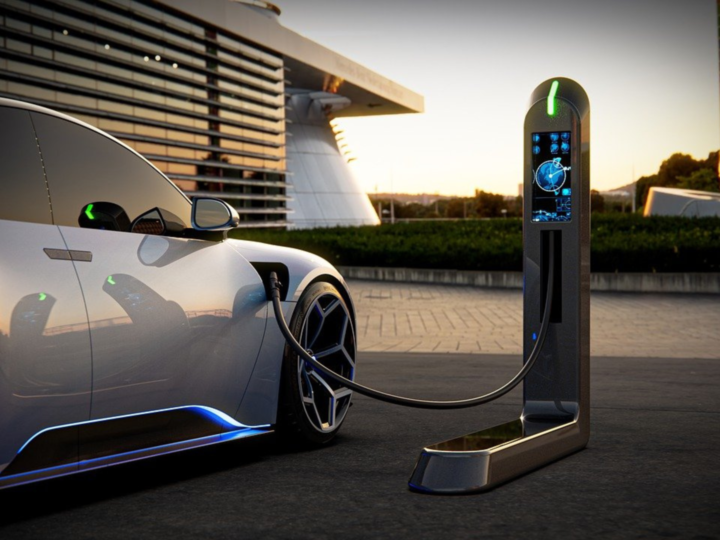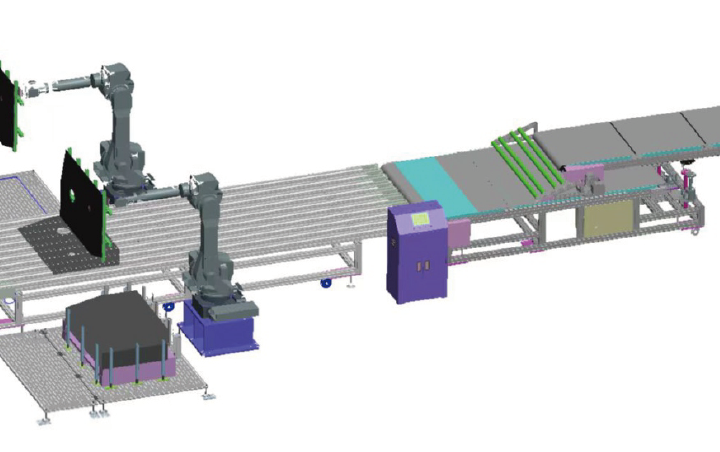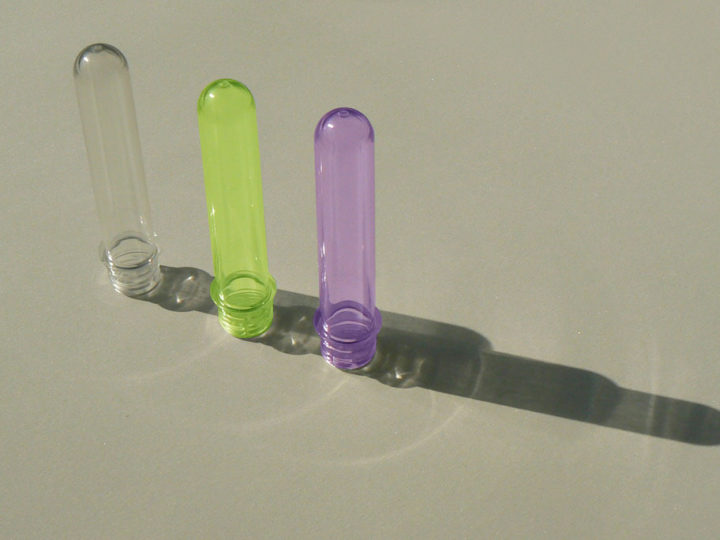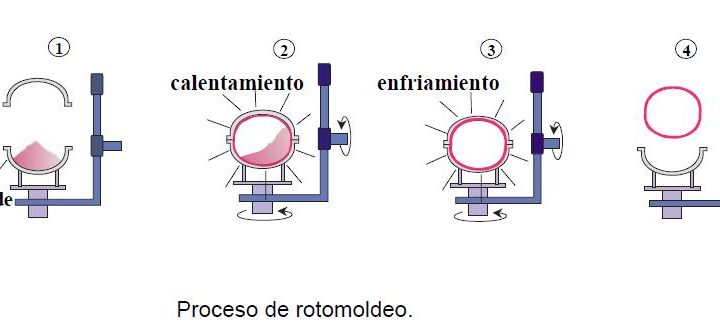The properties of plastics mean that these parts are widely used in our daily lives, to such an extent that we can find plastic parts in practically everything around us, for example in automobiles, construction materials, sanitation, food, toys, household products…
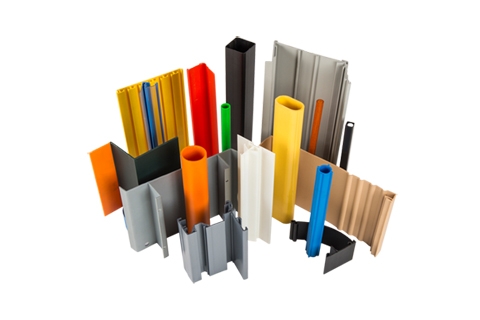
In Gestión de Compras we are experts in supplying plastic articles such as folding boxes and containers, foam food containers, pipe fittings, toys, furniture, packaging, etc. In addition, we also produce parts to drawing.
Depending on their composition and properties, plastics can be distinguished into several types such as EPS (expanded polystyrene), EPP (expandable polypropylene), PVC (polyvinyl chloride), PP (polypropylene), PS (polystyrene), ABS (acrylonitrile butadiene styrene), PA (polyamide or nylon), PMMA (poly methyl methacrylate or acrylic), etc.
Plastic parts production process
Injection
This is the most common process for manufacturing plastic parts. It can be performed with a wide variety of plastic materials and is ideal for the production of large volumes of the same object. This process can be used to manufacture automotive parts, containers, lids, toys, medical instruments, tools, etc.
Extrusion
This is a high-volume manufacturing process in which the raw plastic material is melted and formed into a continuous profile. This process produces a wide range of plastic parts, such as window frames, tubes and pipes, pipe fittings, films and sheets, fencing, insulation parts.
Blow molding
It is a very common industrial process in the manufacture of hollow parts. One of the items manufactured by this method are bottles and containers which are widely used in our daily life.
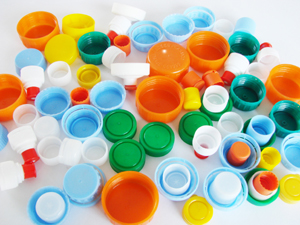
Rotational molding
Also called “rotational molding”. This method is used in the manufacture of hollow plastic objects. Finely divided particles are placed in a hollow mold that rotates around two axes, is exposed to heat sources and then cold is applied. Examples: storage tanks, furniture, signs, bollards, aeronautical parts, toys, slides, playgrounds, ceilings…
Thermoforming molding
In the thermoforming process, a thin sheet of thermoplastic of a given size is clamped in place, heated to a softening temperature of the material and then forced against the surface of a mold by vacuum, pressure or mechanical means. Once cooled, the thermoformed part retains the shape of the mold. The part then undergoes a deburring operation to remove excess material.

